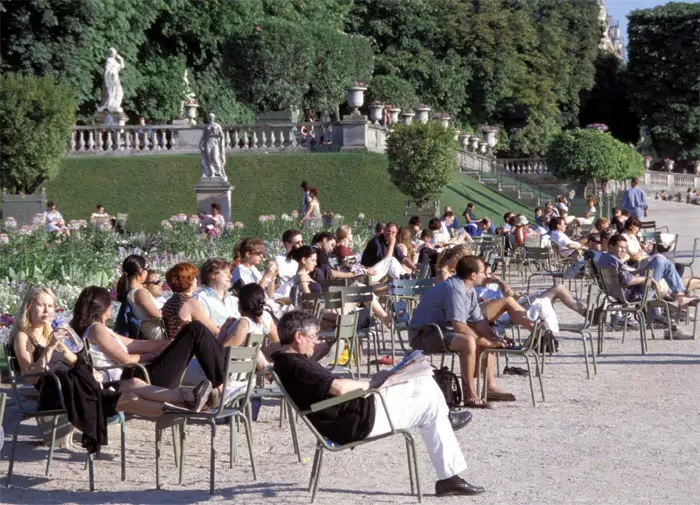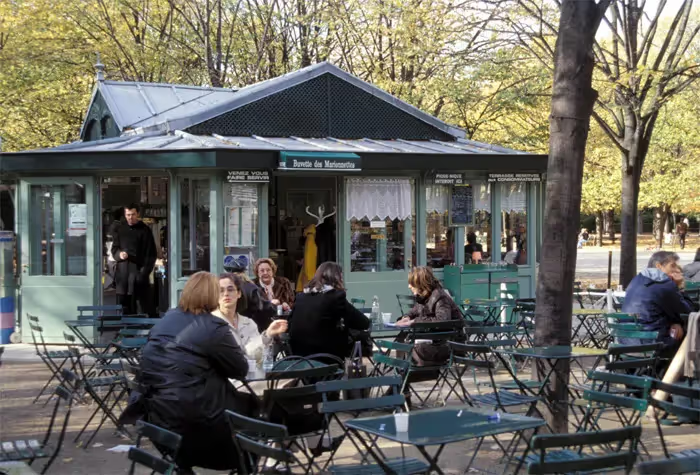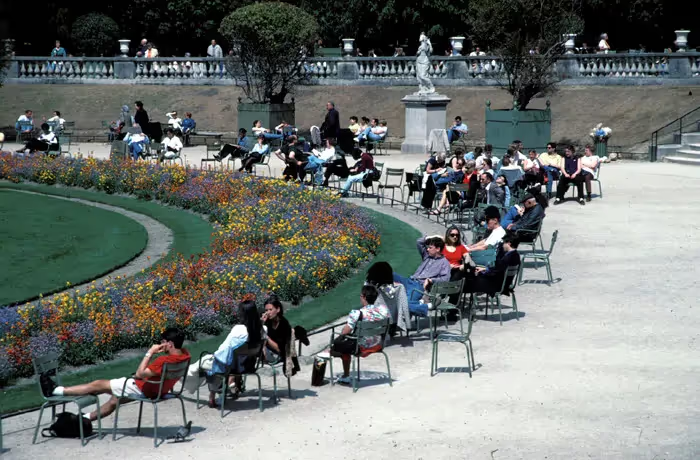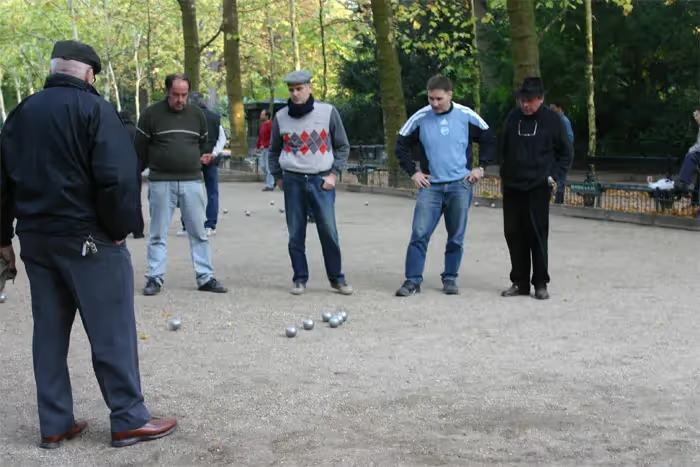A biweekly newsletter with public space news, resources, and opportunities.
A curated dispatch on all things public markets plus the latest announcements from the Market Cities Program.
Please note that these Hall of Shame nominations were written in a moment in time (most over a decade ago) and likely have since changed or even been transformed. If the above entry is now great, or still not so great, go ahead and comment below on how it has evolved or nominate it as a great place.

A 60-acre park known for its extraordinary public amenities, including fountains, sculpture, ponds, flowerbeds, tennis courts, pony rides, a marionette theatre, playgrounds, food kiosks and open-air cafes.

A central reason the park is among the most successful in the world is its seamless integration into the fabric of the city around it, which makes it easily accessible.The park, which closes at sunset, also has a multitude of strolling paths, and is filled with hundreds of movable chairs, which can be rented. The variety of things to do there is evidenced by the wide range of people who use the space: children, older people, Sorbonne students, people cutting through on a lunch break, etc. People come to stroll, play chess, to sit and read, to people watch, to sit at one of the cafés, to witness one of the Gardens' innovative exhibits, attend a concert, or to bring their children or grandchildren to one of the many attractions for kids. Visitors can also stop inside the Palais and attend a hearing of the French Senate, which is open to the public.
Located in the heart of the Left Bank, Luxembourg Gardens is a 60-acre park known for its extraordinary public amenities, including fountains, sculpture, ponds, flowerbeds, tennis courts, pony rides, a marionette theatre, playgrounds, food kiosks and open-air cafés. The Gardens came about as a result of Henri IV's assassination in 1610. His wife, Marie de Medicis, could not continue living in the Louvre with his memory. She had the Palais du Luxembourg and the surrounding gardens built to replicate her childhood home, Florence’s Palazzo Pitti. The Gardens were completed in 1625, but did not reach their present dimensions until 1790. The park has been open to the public since the 17th century. The construction of nearby streets and avenues during the Second Empire reduced its size, but not its general appearance.
Some of the Gardens' more notable features include the Medicis Fountain, erected in 1861, and a bronze replica of the Statue of Liberty.






*Please note that these Hall of Shame nominations were written in a moment in time (most over a decade ago) and likely have since changed or even been transformed. If the above entry is now great, or still not so great, go ahead and comment below on how it has evolved or nominate it as a great place.